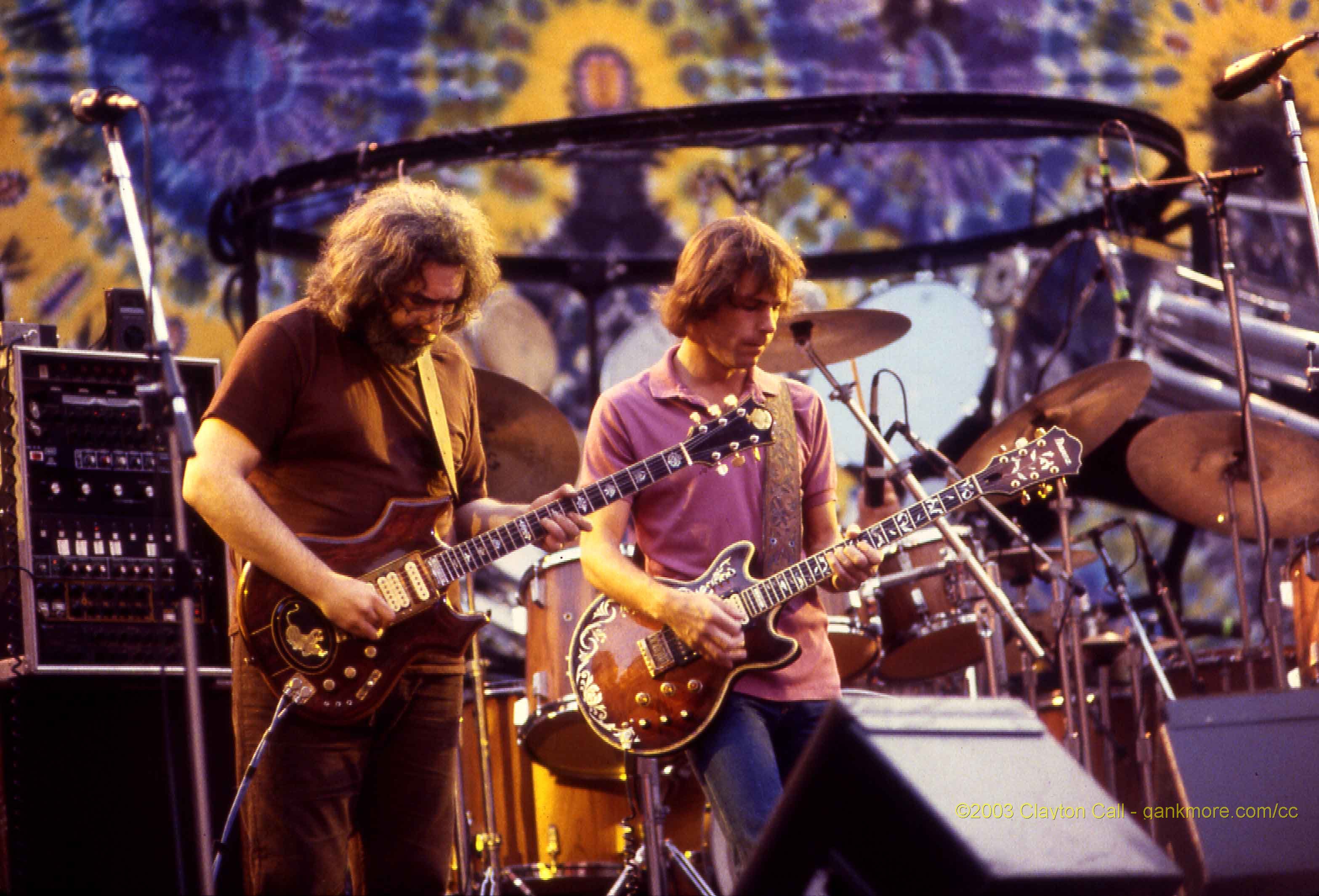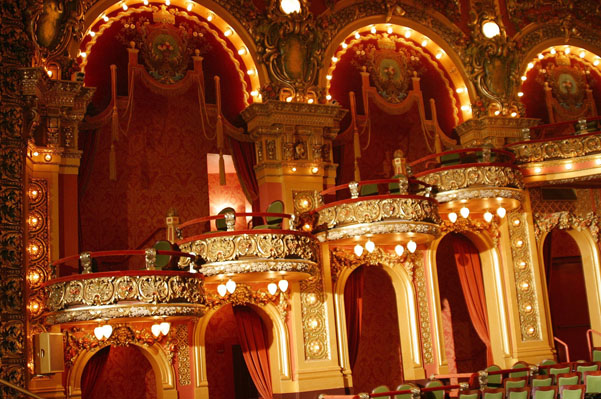
Intensity: Intensity is the term lighting professionals use to describe a stage light’s level of brightness.Floodlights are typically used to create a wash. Wash: A wash, also known as a fill, is a wide swath of lighting that provides consistent coverage across a stage.In stage lighting, the bulbs that go into light fixtures are consistently called lamps. Lamps: Lamp is the correct term for what you may call a light bulb in a domestic lighting context.In Europe, the more common term is luminaire. Lantern: Though you may simply hear them referred to as lights or lighting fixtures, the lighting units used in stage lighting are also commonly called lanterns.To better understand the topic of stage lighting, it helps to familiarize yourself with some stage lighting names for items and concepts that commonly come up in this field: For example, blue is often associated with sadness, and red is associated with intense feelings, like love or aggression. Certain colors are associated with different moods.

This could mean a soft, warm glow for a happy scene in a play or dim, cool hues for a sad ballad during a concert. The idea is to match the lighting to the content of the show to encourage the right emotions in the audience. Control the mood: Stage lighting can also have a major effect on the mood.You can also use backlit scrims to create the illusion of a starry night, a sunny day or even a fire. You may use a moving light to make it appear as though the sun is rising, or make the stage go dark as an actor flips a prop light switch in a room. In some instances, this means creating optical illusions with lights. Set the scene: Lighting can also help you create the visual you want in a scene.Then, they can use accenting to guide the audience’s attention to a particular area, like a speaker in the foreground. In many other instances, the lighting engineer can start with a wash, which covers a wide area and acts as a base layer of light.

In the most dramatic instances, the majority of a stage may be dark with just one spotlight shining on a focal point. Highlight different areas: Stage lighting can also help you direct audience members’ eyes where they should go.Illumination is also important for the people onstage, so they can see where they’re going and see the other dancers, actors or musicians. For example, dim light will make it harder for actors’ facial expressions to come through - even to audience members seated close to the stage.

Inadequate lighting can take away from a production.


 0 kommentar(er)
0 kommentar(er)
